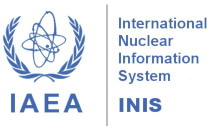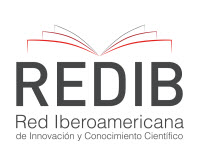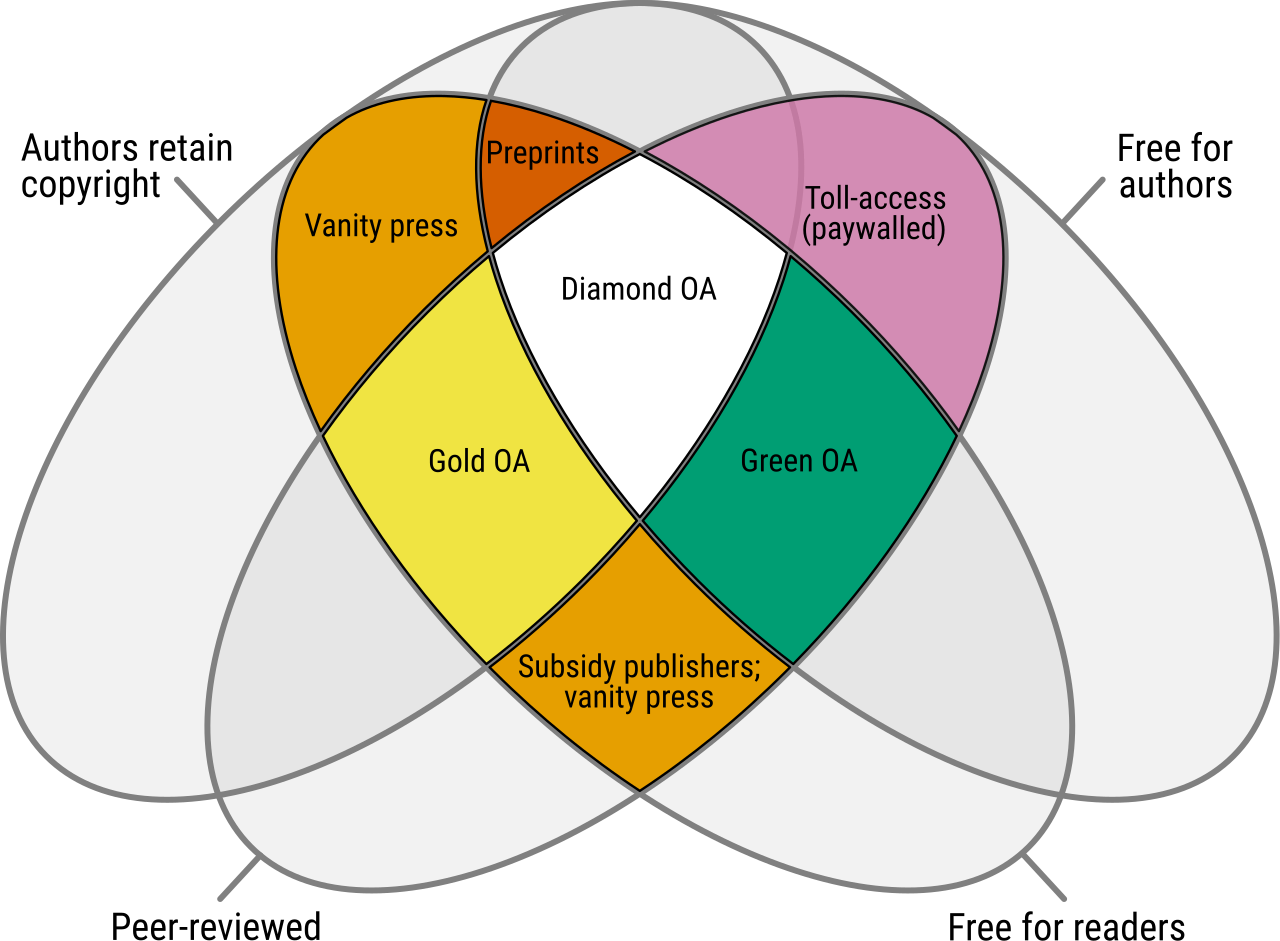New article published in 12(4B) - ENFIR/INAC 2024
Methodology for evaluating controlled area subdivision during conceptual design phase of nuclear facilities
Abstract: This work discusses the classification of subdivision of radiologically controlled areas in nuclear facilities, including those in research facilities with particle accelerators, such as CERN and KEK. The classification of radiological areas is a regulatory requirement proposed to assist in managing occupational exposures. The International Atomic Energy Agency (IAEA) recommends that the subdivision of controlled areas be based on similar facilities and dose rates. However, in a facility still in the conceptual design phase, without similar references and with an uncertain source term inventory, a more assertive classification for radioprotection purposes can be challenging. The document explores classification systems in various countries, including Brazil, Japan, South Korea, the United Kingdom, and the United States, highlighting differences in dose rate limits and regulatory frameworks. The presented methodology is suitable for classifying radiological areas in facilities without references during the conceptual phase, such as naval bases supporting nuclear ships. The approach aims to balance safety and operational requirements, in line with the ALARA principle specified in Recommendation 60 of the International Commission on Radiological Protection. Read full article.
Development of Monte Carlo Models for Neutronic Simulation of SEALER
Abstract: This work focuses on modeling the Swedish Advanced Lead Reactor (SEALER-Artic), considering current trends in the development of Small Modular Reactors (SMRs) and the well-known advantages of lead-cooled nuclear systems. The objective of the study is to compare neutronic parameters using the following stochastic codes: Monte Carlo N-Particle, version 6.2.0 (MCNP 6.2.0), and Open Monte Carlo, version 0.14.0 (OpenMC 0.14.0). In this context, the neutron energy spectrum, the radial neutron flux profile in the reactor core, the relative power distribution, the criticality, and the fuel evolution during the burnup cycle of SEALER-Artic are evaluated. The steady-state results show good agreement of neutronic parameters between the codes. After the burnup, the final fuel composition shows a greater difference, possibly due to the nuclear data used in the decay calculation and the truncation of the atomic fraction calculation during the fuel evolution simulation. Read full article.






















